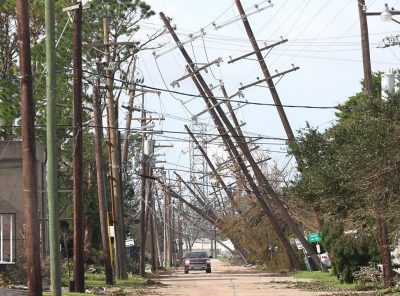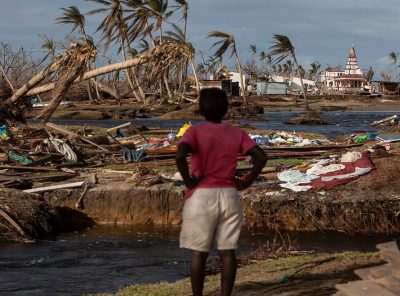Sea lions
Sea Lions and Science in Action hear how different dialects emerge in sperm whale societies through cultural learning.
A new study suggests that processes similar to those underlying the formation of human cultures also operate in complex animal societies.
Plus we explore a report that seals and sea lions might contribute significant amounts of toxic mercury to coastal ecosystems via top-down contamination.
Heavy metal poisoning is known to be bioaccumulatory – so the animals at the top of the food chain accumulate the toxins from eating animals further down the food chain.
But now it’s thought that the mercury gets cycled back from the large predators, such as seals and sea lions, when they shed their fur into the ocean, which is then taken up by the small animals.
Sea lions are sea mammals
Sea lions are sea mammals characterized by external ear flaps, long fore flippers, the ability to walk on all fours, and short, thick hair. Together with the fur seals, they comprise the family Otariidae, eared seals, which contains six extant and one extinct species (the Japanese sea lion) in five genera.
Japanese sea lion extinct
The Japanese sea lion (Japanese: Hepburn: Nihon ashika, Zalophus japonicus) is an aquatic mammal thought to have become extinct in the 1970s.
Their range extends from the subarctic to tropical waters of the global ocean (must admit I have never seen one in Phuket) in both the Northern and Southern Hemispheres, with the notable exception of the northern Atlantic Ocean
Science in Action is produced by the BBC in London and presented by Jack Stewart and broadcast on Phuket Island Radio every Sunday at 9 am on air at 91.5 and 102.5FM throughout Phuket and available via web streaming services from TuneIn, Streema, and our own iPhone and Google Play apps.


